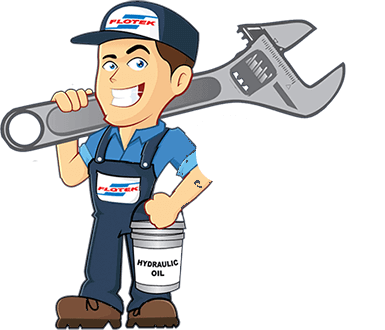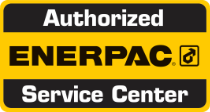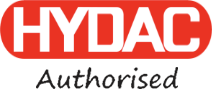Suction Filters vs Pressure Filters vs Return Filters – What’s the Difference?

When dealing with hydraulic systems, selecting the right type of filter is crucial for maintaining system efficiency and longevity. Filters remove contaminants from hydraulic fluids, ensuring the system operates smoothly and reliably. Each of the three main types of hydraulic filters — Return filters, Suction filters, and Pressure filters—serves a specific purpose within the hydraulic circuit. This article compares these filters to help you understand their functions, advantages, and ideal applications.
1. Return Filters
Function: Return filters are positioned in the hydraulic system's return line, which returns the hydraulic fluid to the reservoir after circulating through the system. Their primary function is to filter the fluid before it re-enters the reservoir.
Advantages:
Efficient Contaminant Removal: Return filters effectively remove contaminants that have accumulated throughout the system, preventing them from settling in the reservoir and causing damage to components.
Maintenance: These filters are generally easy to access and maintain, as they are placed in a location where the fluid is under low pressure.
Cost-Effectiveness: Return filters are typically less expensive compared to pressure filters, due to their simpler construction.
Disadvantages:
Limited Protection: While return filters protect the reservoir and subsequent filtration stages, they do not provide protection to components while the fluid is under high pressure, which means they don’t prevent damage to sensitive components in the high-pressure side of the system.
Ideal Applications:
Systems with a Well-Maintained Reservoir: Return filters are suitable for hydraulic systems where contaminants are expected to be minimal or where the primary concern is protecting the reservoir from large particles.
Systems with Low Pressure: These filters are ideal for applications where fluid pressure is low, as their design is optimised for low-pressure conditions.
2. Suction Filters
Function: Suction filters are located in the line between the hydraulic reservoir and the pump. Their role is to filter the fluid before it enters the pump, protecting the pump from contaminants.
Advantages:
Pump Protection: Suction filters protect the hydraulic pump from particles and debris, extending the lifespan of the pump and other components.
Improved System Reliability: By preventing contaminants from reaching the pump, suction filters help ensure consistent performance and reduce the likelihood of pump failures.
Disadvantages:
Maintenance Challenges: Suction filters are located in a position where maintenance can be more challenging, as they are often in a confined space or submerged in the reservoir.
Pressure Drop: They can cause a pressure drop in the suction line, which can affect the performance of the pump if not properly sized.
Ideal Applications:
High Contaminant Risk: Suction filters are ideal for systems where there is a high risk of contamination or where the reservoir might contain debris or foreign particles.
Systems with Sensitive Pumps: These filters are especially important in systems with sensitive or expensive pumps that need protection from contaminants.
3. Pressure Filters
Function: Pressure filters are installed in the high-pressure side of the hydraulic system, typically between the pump and the actuators or control valves. Their purpose is to filter the hydraulic fluid while it is under high pressure.
Advantages:
Enhanced Protection: Pressure filters provide high-level protection for sensitive components like valves and actuators by removing contaminants under high-pressure conditions.
Improved System Performance: By ensuring that the fluid is clean and free from contaminants, pressure filters help maintain optimal performance and efficiency of the hydraulic system.
Disadvantages:
Higher Cost: Pressure filters are generally more expensive due to their robust construction and the need to withstand high-pressure conditions.
Maintenance Complexity: These filters may be more challenging to access and maintain because they are situated in high-pressure areas of the system.
Ideal Applications:
High-Pressure Systems: Pressure filters are essential in systems that operate at high pressures where the risk of component damage due to contaminants is significant.
Systems with Critical Components: They are suitable for applications with critical components that require additional protection from debris and contaminants to ensure reliable operation.
Conclusion
Each type of hydraulic filter—Return, Suction, and Pressure—plays a crucial role. Return filters protect the reservoir, suction filters safeguard the pump and prevent contamination from entering the system, and pressure filters offer high-level protection for sensitive components under high-pressure conditions.
Choosing the right filter depends on the specific needs of your hydraulic system, including the operating pressure, potential contaminant levels, and maintenance considerations. Understanding the unique advantages and limitations of each will help you make an informed decision, ensuring the longevity and efficiency of your hydraulic system.




